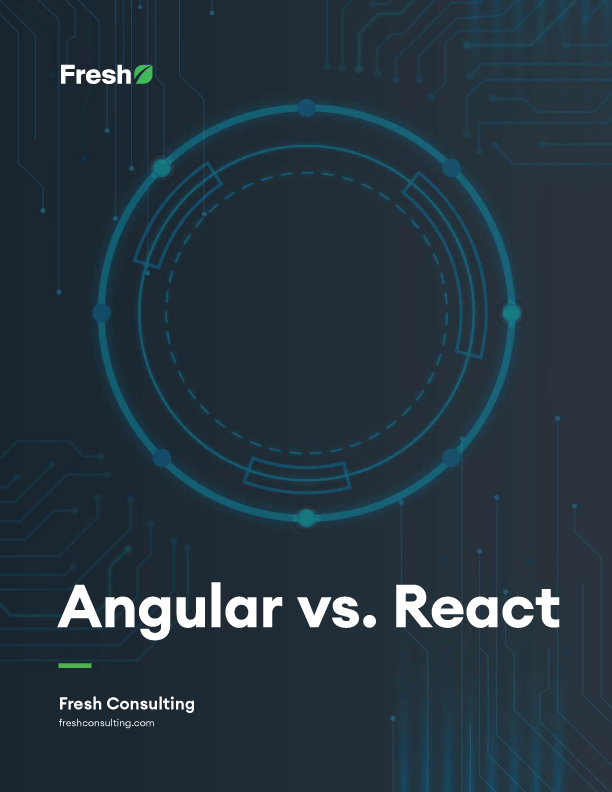White Paper
Angular vs. React
Here's a high-level look at Angular and React, so you can make an educated decision about which technology is best for creating your high-end experience.

Fill out form to download
All fields required
Enter your info once to access to all resources